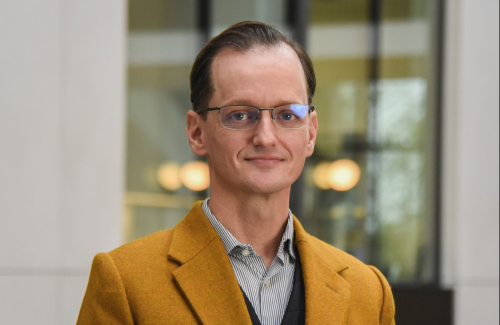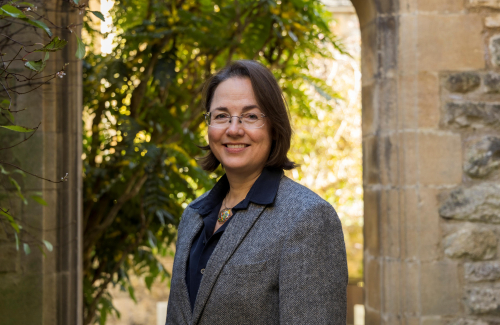More Pembroke news
Katerina Johnson (DPhil Interdisciplinary Bioscience) Receives Widespread Attention for Research on Pain and Friendship
NEWS |
Pembroke doctoral student Katerina Johnson has received significant media attention for her research paper ‘Pain tolerance predicts human social network size’, published in Scientific Reports on 28th April 2016.
Katerina, who conducted the research under the supervision of Professor Robin Dunbar, discovered that people with a wider circle of friends tend to have a higher tolerance to pain.
‘I was particularly interested in a chemical in the brain called endorphin’, she explains. ‘Endorphins are part of our pain and pleasure circuitry. They are also implicated in feelings of social pain and providing us with social reward when we interact. From an evolutionary perspective, mechanisms that promote social interactions are important for our survival, ensuring that we stay close to other individuals. Previous studies have suggested that the endorphin system is involved in social bonding in both humans and other animals.’
One theory, known as ‘the brain opioid theory of social attachment’, states that social interactions trigger positive emotions when endorphin binds to opioid receptors in the brain, creating the feel-good factor that we get from seeing our friends. ‘To test this theory, we relied on the fact that endorphins are our body’s natural painkillers - stronger even than morphine at the same dose.’ The researchers therefore used pain tolerance as a way to assess the brain’s endorphin activity, on the grounds that if the theory was correct, people with larger social networks would have higher tolerance to pain. The findings of their research confirmed this.
Katerina’s research has sparked further discussion about the potential applications of the theory to online social networks. ‘An interesting future research direction would be to consider whether the same neural pathways are triggered during digital interactions, compared to face-to-face’, she added.
The story has been covered by radio programmes including BBC World Service, BBC Radio Oxford and Canadian and Irish services, and published in major newspapers and online magazines including Time Magazine. Katerina was interviewed live on Sky News, has been filmed by ITV and has even featured in a Canadian television interview.
Katerina commented on the positive reception to her research: ‘It was an amazing experience to gain such worldwide coverage for my first published paper, especially given my interest in science communication’.

